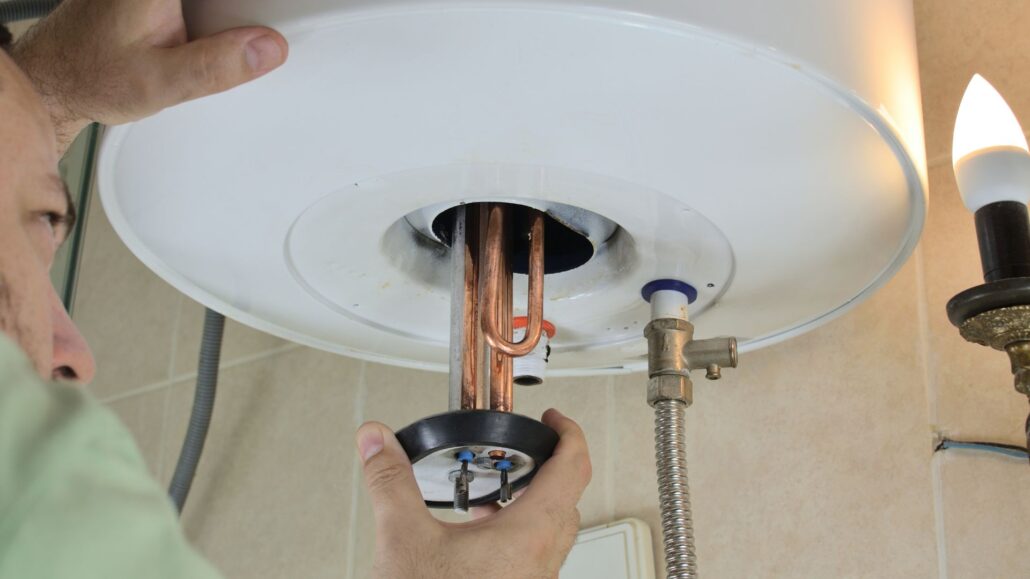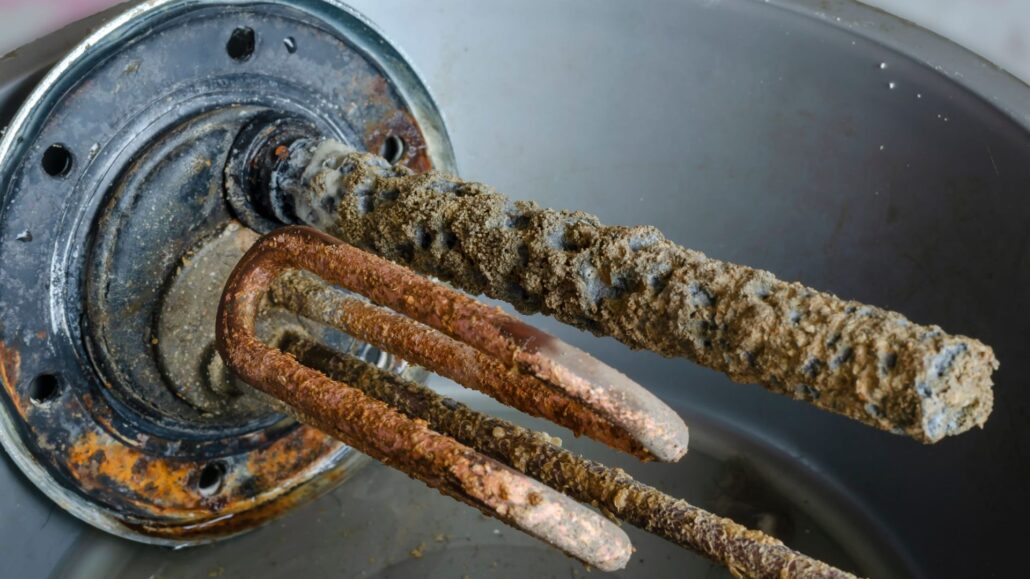Have you ever wondered what keeps your hot water system running smoothly and efficiently year after year? The answer lies in a small but mighty component called the hot water anode. This unsung hero is the key to protecting your water heater tank from the damaging effects of corrosion, ensuring that you have a reliable supply of hot water whenever you need it.
Also known as an anode rod or sacrificial anode, the hot water anode is a long, slender metal rod that is typically made of magnesium or aluminium. It is strategically placed inside your water heater tank, which works tirelessly to attract and neutralise corrosive elements. By sacrificing itself through a process called electrolysis, the anode rod prevents these harmful substances from attacking and degrading the steel tank of your water heater.
Without the protection of the hot water anode, your water heater tank would be vulnerable to rust, leaks, and premature failure. In the following sections, we’ll discuss how hot water anodes work, the different types available, and how you can keep yours in top condition to extend the life of your hot water system.
How Hot Water Anodes Work
In a hot water system, the anode rod is typically made of magnesium or aluminium, which are more electro-negative relative to the steel tank. This difference in electrochemical potential causes the anode to corrode preferentially through a process called electrolysis. As the anode corrodes, it releases ions into the water, creating a protective layer on the tank wall and preventing the formation of cathodic areas that can lead to rust and leaks.
The effectiveness of the hot water anode depends on various factors, including the water quality, temperature, and your household’s hot water usage patterns. For example, anodes may corrode more quickly in hard water areas due to higher dissolved minerals.

Types of Hot Water Anodes
Two main types of anodes are used in hot water systems: sacrificial anodes and powered anodes.
Sacrificial Anodes
Magnesium Anodes
These are the most common type of a sacrificial anode rod used in water heaters. Magnesium anodes are highly effective in protecting steel tanks but may need to be replaced more frequently in hard water conditions.
Aluminum Anodes
Aluminium anodes are often used as an alternative to magnesium anodes, particularly in areas with very hard water. They have a slower corrosion rate and can last longer than magnesium rods.
Zinc Anodes
Zinc anodes are less commonly used in residential hot water systems but may be recommended for specific water chemistries.
Powered Anodes (Impressed Current Anodes)
Powered anodes, also known as impressed current anodes, work differently than sacrificial anodes. Instead of relying on the natural electrochemical potential difference, powered anodes use an external power supply to generate a protective current. This current releases ions into the water, creating a corrosion-resistant layer on the tank wall. Powered anodes can be more effective and longer-lasting than sacrificial anodes, especially in challenging water conditions.
Signs of Anode Deterioration
Some common signs that your anode rod may need replacement include:
- Rotten egg smell (sulphur odour) in the hot water
- Discoloured or rusty water coming from the hot water tap
- Decreased hot water pressure or inconsistent water temperature
If you notice any of these signs, it’s important to have your anode inspected and replaced if necessary. Neglecting anode maintenance can lead to accelerated tank corrosion, leaks, and even premature hot water system failure.
Anode Maintenance and Replacement

To ensure your hot water anode remains effective, it’s recommended that you have it inspected regularly by a licensed plumber. During a tank flush or maintenance service, the plumber can visually assess the condition of the anode rod and determine if replacement is needed.
The frequency of anode replacement depends on various factors, such as the water quality, hot water consumption, and the type of anode used. In general, sacrificial anodes should be replaced every 3-5 years or as recommended by the manufacturer. Powered anodes may last longer but still require periodic inspection and maintenance.
While it’s possible to replace the anode rod, hiring a professional plumber is often safer and more convenient. Improper installation or damage to the hot water tanks during the replacement process can lead to leaks or other issues.
Optimising Anode Performance
To get the most out of your hot water anode, consider the following tips:
- Select the right anode material for your water chemistry. A plumber can help you choose between magnesium, aluminium, or powered anodes based on your water quality and hot water needs.
- Ensure the anode is properly sized and installed. An undersized or incorrectly positioned anode may not provide adequate protection for your water heater tank.
- Combine anode protection with other corrosion prevention methods, such as regular tank flushing and the use of a water softener if you have hard water.
Protecting Your Hot Water System with the Right Anode
By understanding how anodes work, recognising the signs of deterioration, and keeping up with maintenance and replacement, you can ensure your hot water system remains efficient and reliable for years to come.
If you have any questions about your hot water anode or need assistance with inspection or replacement, don’t hesitate to reach out to the experts at The Brisbane Plumbers. Our team of licensed plumbers has the knowledge and experience to help you choose the right anode for your specific hot water needs and ensure that it is properly installed and maintained.
Don’t let a worn-out anode put your hot water system at risk. Contact The Brisbane Plumbers today to schedule a consultation and learn more about how we can help you protect your investment and enjoy reliable, efficient hot water for years to come.
Hot Wate Anode FAQs
What is a water heater anode rod, and why is it important?
A water heater anode rod is a sacrificial metal rod that protects your water heater tank from corrosion. It attracts corrosive elements in the water, such as minerals and impurities, causing the anode rod to corrode instead of the tank itself. This helps extend the life of your water heater and ensures a reliable supply of hot water.
How do anode rods work in water heaters?
Anode rods work through a process called electrolysis. The anode rod, typically made of magnesium or aluminium, is more reactive than the steel tank of the water heater. When the anode rod is exposed to the water in the tank, it corrodes preferentially, releasing electrons that flow to the steel tank and protecting it from corrosion. As long as the anode rod is in place and functioning properly, it will continue to corrode and protect the tank, even as freshwater constantly flows into it.
Do all water heaters have anode rods, regardless of their power source?
Yes, most water heaters, whether they run on electricity or gas, have anode rods installed to protect the tank from corrosion. The anode rod is a critical component in extending the lifespan of the water heater and maintaining the quality of the water supply. Without a functioning anode rod, the tank would be subject to accelerated corrosion, which could lead to leaks, reduced efficiency, and even the risk of scalding hot water due to tank failure.
How often should anode rods be replaced in water heaters?
The frequency of anode rod replacement depends on various factors, such as the quality of your water supply, the type of anode rod used, and the level of hot water consumption in your household. On average, anode rods should be inspected every 1-2 years and replaced every 3-5 years or when they have corroded to less than half their original thickness. If you have particularly hard water or a high demand for hot water, you may need to replace your anode rod more frequently to ensure optimal protection for your water heater tank.
